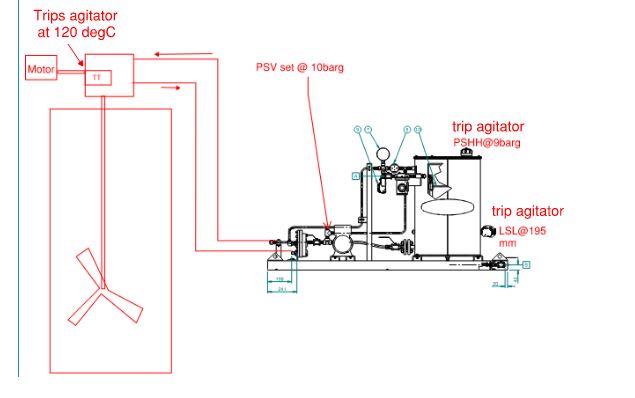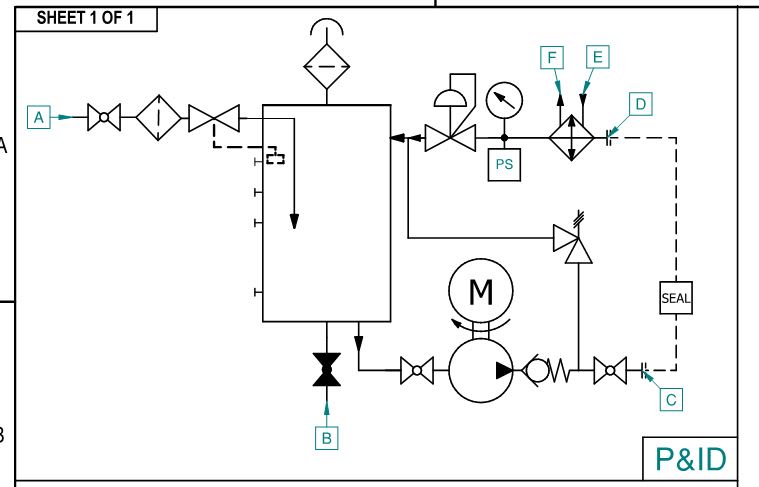Guys,
I have a glycol sealing unit( plan 54) for agitator of a vessel, below is the seal PID and arrangement proposed by the vendor


however in the old system ( which is being replaced now) had PSLL tripping the agitator at 2 barg which is not included in the new system by the vendor. Shouldn't there be a low pressure trip also incase the oil unit motor fails or stops??
I have a glycol sealing unit( plan 54) for agitator of a vessel, below is the seal PID and arrangement proposed by the vendor


however in the old system ( which is being replaced now) had PSLL tripping the agitator at 2 barg which is not included in the new system by the vendor. Shouldn't there be a low pressure trip also incase the oil unit motor fails or stops??
